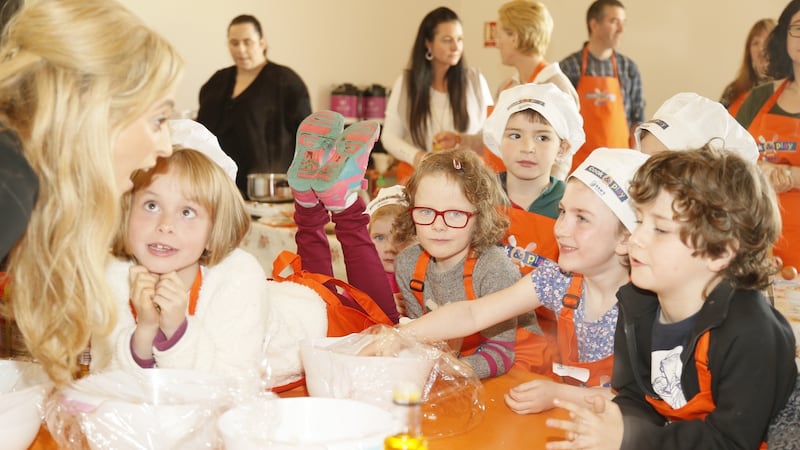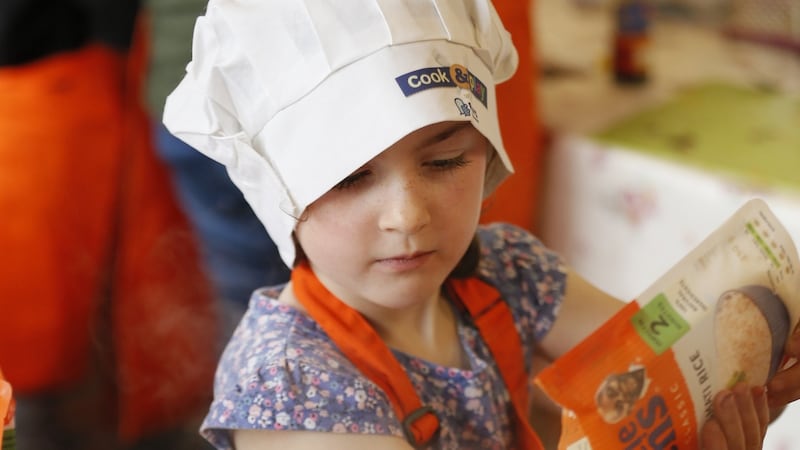My young cousin warily eyed a large jug sitting on the kitchen table.
“I don’t like milk that comes from a farm,” he declared, much to my family’s amusement. “I only like milk that comes from a supermarket.”
I grew up on a farm used to providing for the farmhouse – milk, eggs, meat, fruit and vegetables. I now live 100 yards from a supermarket.


At one time, I would be scolded for eating fallen apples without at least rinsing them under a tap. Now, I reject bananas unless the outer skin looks freshly spray-painted bright yellow.
And, worse, I suspect I am complicit in bringing up children with a similar viewpoint to my cousin many years ago – who viewed the creamy fresh milk with suspicion, not recognising the bright, white homogenised milk – with its fat globules broken to prevent the cream rising and give it a longer shelf life – he was used to.
My food looks flawless. Not the final version of it, obviously (as the local fire brigade will testify to), but the original bought-from-the-shop-down-the-road version.
It’s usually wrapped in clingfilm, or a plastic container, goes straight into an oven or microwave for a set period of time, and comes out pretty much as expected, and ready to eat. There’s little room for error. And there’s also no chance for children to participate.
This is not cooking. It is often necessary in today’s busy world – convenient and generally trouble-free, but it’s not cooking.
Children want to stir, mix, add and, most importantly, watch.
Recently, I went to a “Ben’s Beginner’s” Cook and Play event for children, and came away with one very, very small, but very, very helpful piece of new information about my six-year-old’s attitude to food.
Place something such as chopped peppers in front of her and she will turn her nose up and her mouth away. She is absolutely certain, without a clue what is in front of her, that she won’t like it. And there’s no point in even trying to convince her otherwise.
That part is not new.
However, allow her to chop the peppers using cookie cutters, and heart-shaped red peppers are her new favourite food.
Surprisingly, it was that simple.
While I always suspected my children were not the only ones whose daily introduction to food is at the kitchen table with the proviso that they cannot leave until their plates are cleared – no matter what the final product looks like – it was heartening to find a recent survey which showed other parents just as neglectful.
In recent research conducted with children aged 4-10 years, a majority (59 per cent) had no idea what a vegetable peeler was for, and four in 10 had never used a grater.
Why would they unless they were involved before they needed to sit quietly in their seats?
I am even more infuriating than a man who can cook and refuses to; I can’t cook but will cook.
But the children are usually not allowed near the process, and just for health and safety reasons.
Which is a pity, because, undoubtedly, letting children get involved leads them to have a healthier relationship with food. It’s also cheaper than eating out, or buying heavily processed rubbish (even factoring in the unavoidable spillages when children are involved); and it’s fun.
It also can be an absolute nightmare of course, but then, if you have children, you already know that by now.












